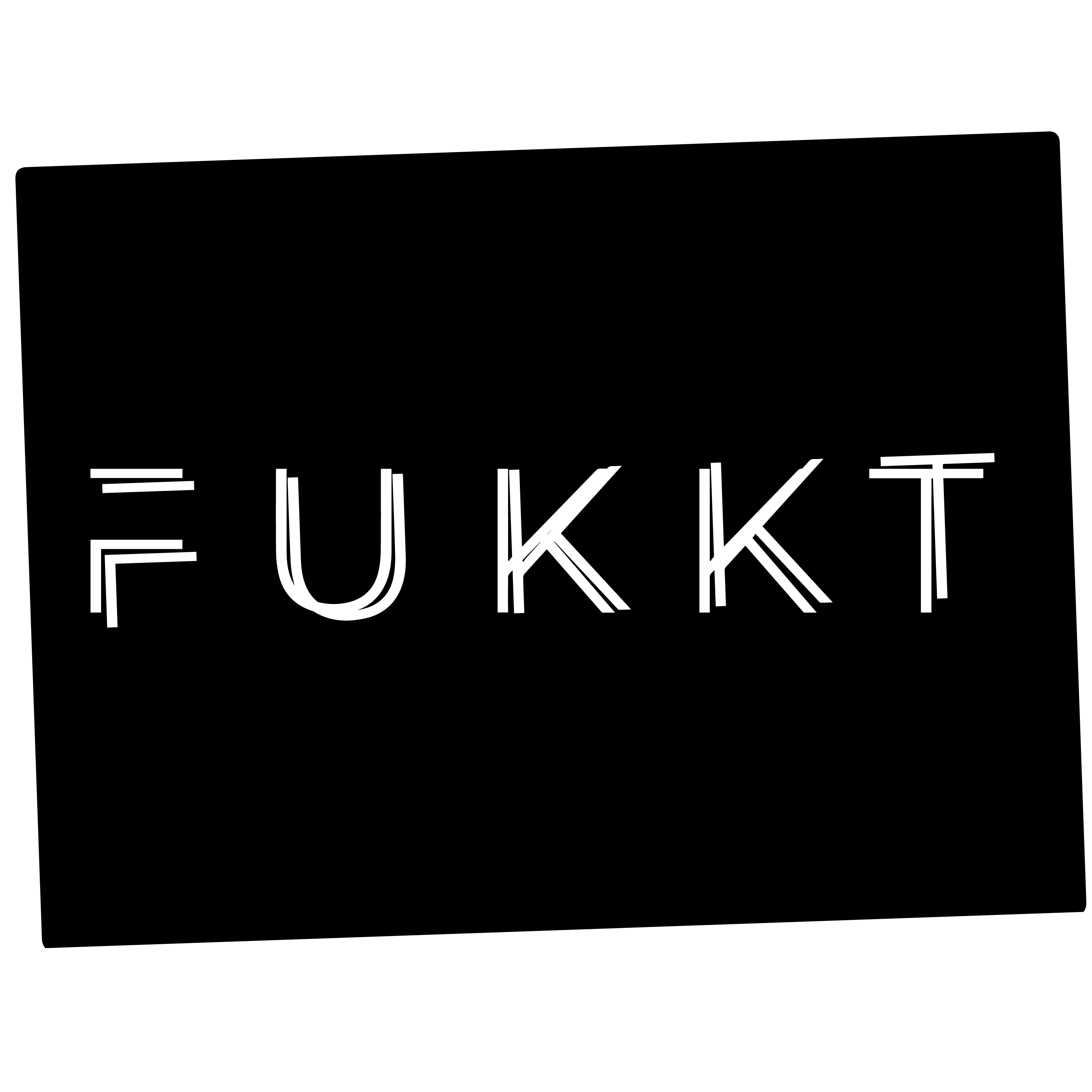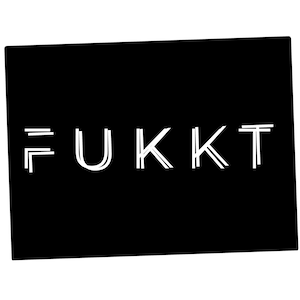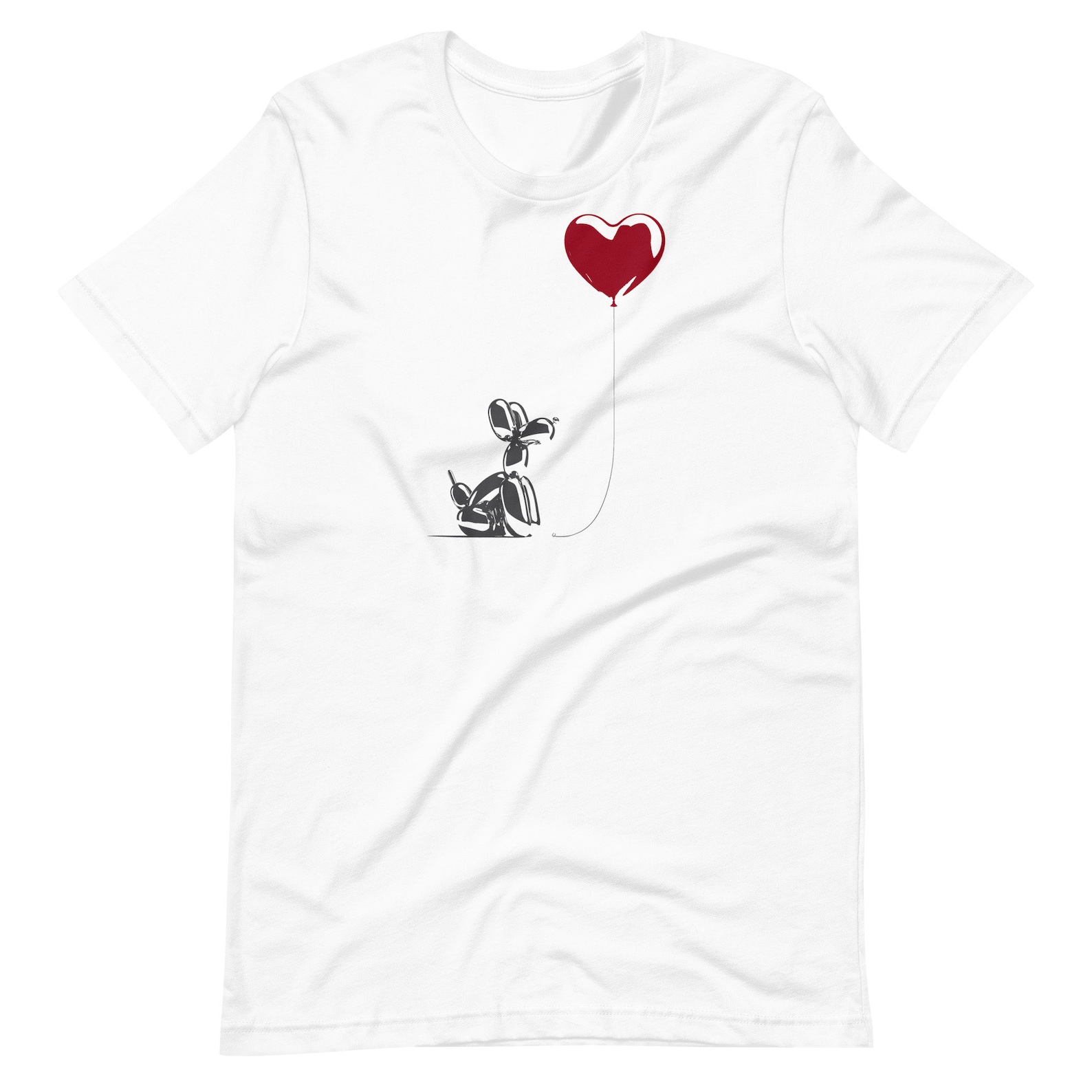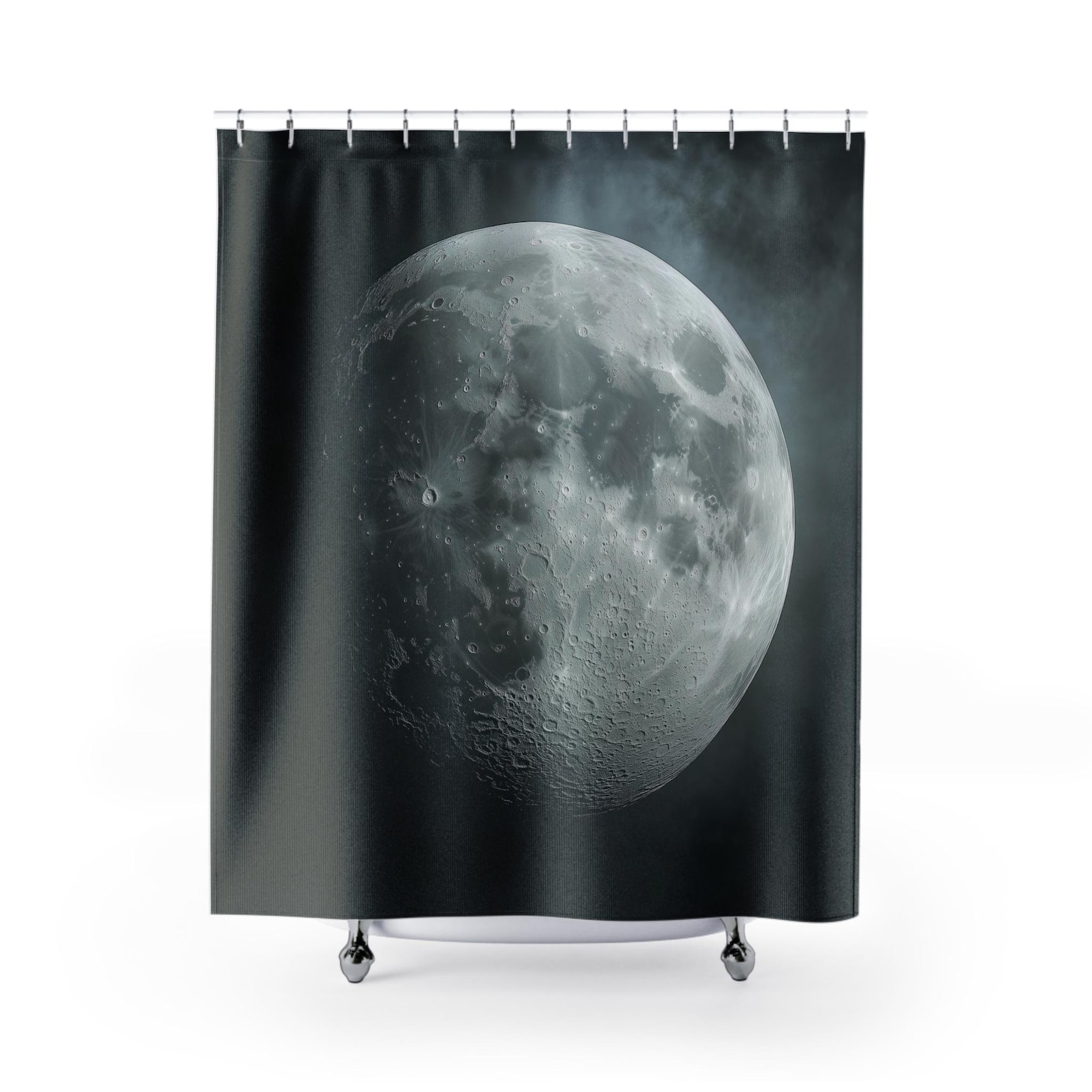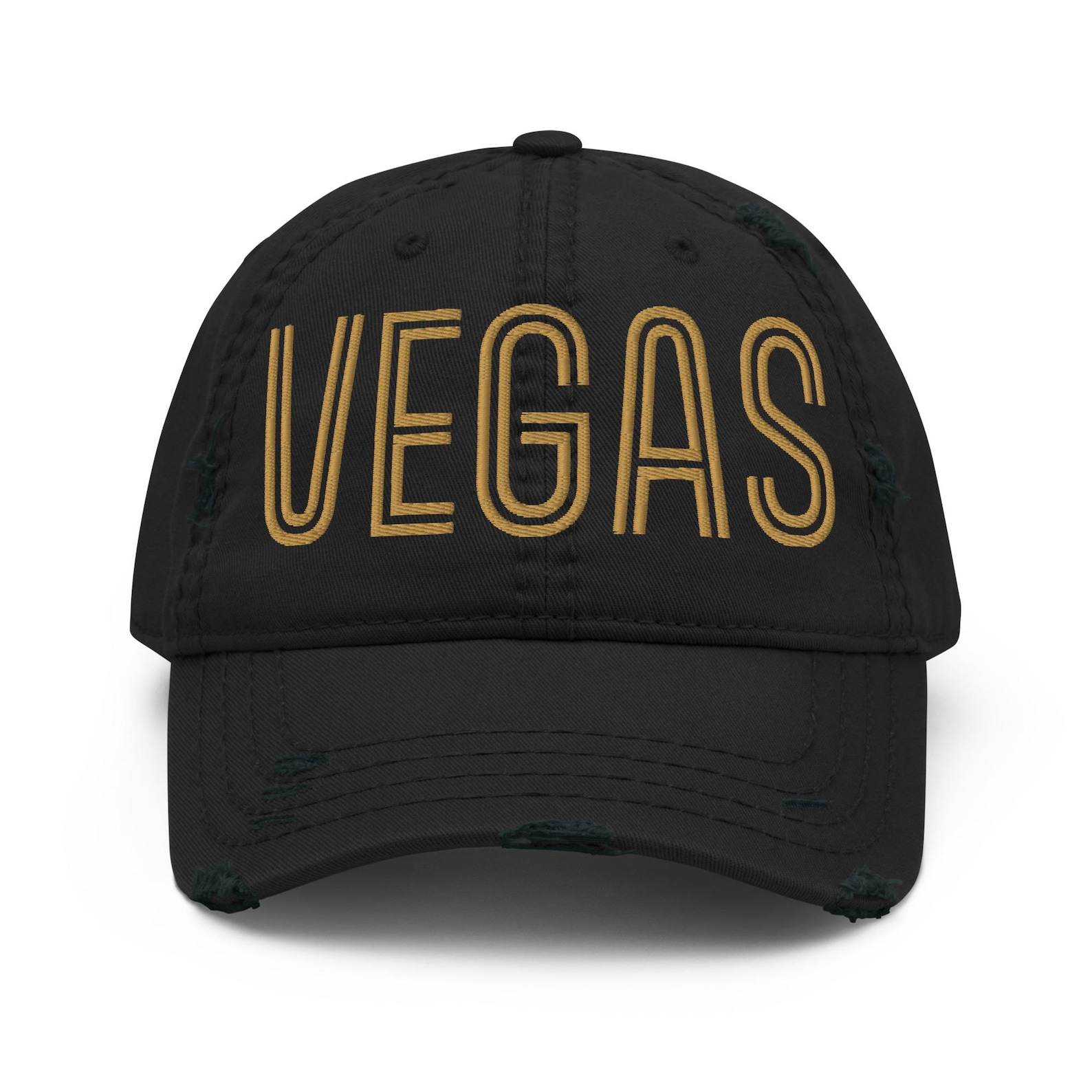The Lucrative Pharma Ad Gig: Great Money, Until the Fine Print
Working in pharmaceutical advertising paid well and made living in New York City possible—until I realised the fine print wasn’t just small; it was intentionally unreadable.

Designing for Big Pharma Meant Big Budgets—Until I Saw How the Risks Were Buried
Typography rules—until they don’t
Remember those late nights in design school, hunched over typography textbooks? They all said the same thing: body copy needs to be at least 8 points, maybe 12 for older audiences. Anything smaller is practically unreadable.
Fast forward to my first stable, well-paying job out of grad school—a cushy gig at a big pharma ad agency in NYC, where I worked for eight years. The pay was fantastic, the clients were huge (think Bayer, Roche, Glaxo—the whole gang), and I could finally afford to live in Manhattan. I thought I’d hit the jackpot.
Big budgets, no hesitation
The work itself was interesting enough. We were taking complex scientific data and making it look polished for brochures, pamphlets, and print ads. And unlike my old mom-and-pop clients who agonized over every dollar, these companies didn’t hesitate to spend. If a design needed spot UV, embossing, or a special print run, it happened. Professional press checks ensured everything looked perfect.
Pharma clients incurred additional expenses and surcharges all the time. If the team worked past 6 p.m., car rides were issued—across town, to the outer boroughs, even all the way to New Jersey. If there was a rush job, dinner was ordered. No questions asked.
The prescribing information problem
Then came the prescribing information (PI). You know, that massive block of fine print with all the side effects, warnings, and dosage details.
Everything I had been taught about typography said that body text should be at least 8 points. Smaller than that, and readability suffers. But pharma ads? They pushed it to 4 or 5 points, often using condensed typefaces to squeeze in even more text. It was absurd. You’d have to strain to read it, even under perfect conditions.
And that was the moment it hit me: the marketing message was king.
The vibrant images, the catchy headlines, the polished layouts—those had all the space they needed. The actual risks, the possible side effects, the crucial medical information? That got crammed into the tiniest, most illegible font imaginable. It was there for compliance, not for clarity.
Why I walked away
That was the beginning of the end for me.
Pharma is great. Drugs are needed. They save lives. But the deceit? That’s everywhere in life, and it’s obnoxious. You’d think that something as serious as life-and-death medication would be more straightforward. That transparency would be the standard.
But it wasn’t. The focus wasn’t on making sure people truly understood what they were taking. It was about making the product look good while burying the reality in a block of unreadable text.
I could deal with the long hours. I could deal with the endless revisions and company politics. But making critical information harder to read? That was alarming.
Pharma had the money to make their message clear.
